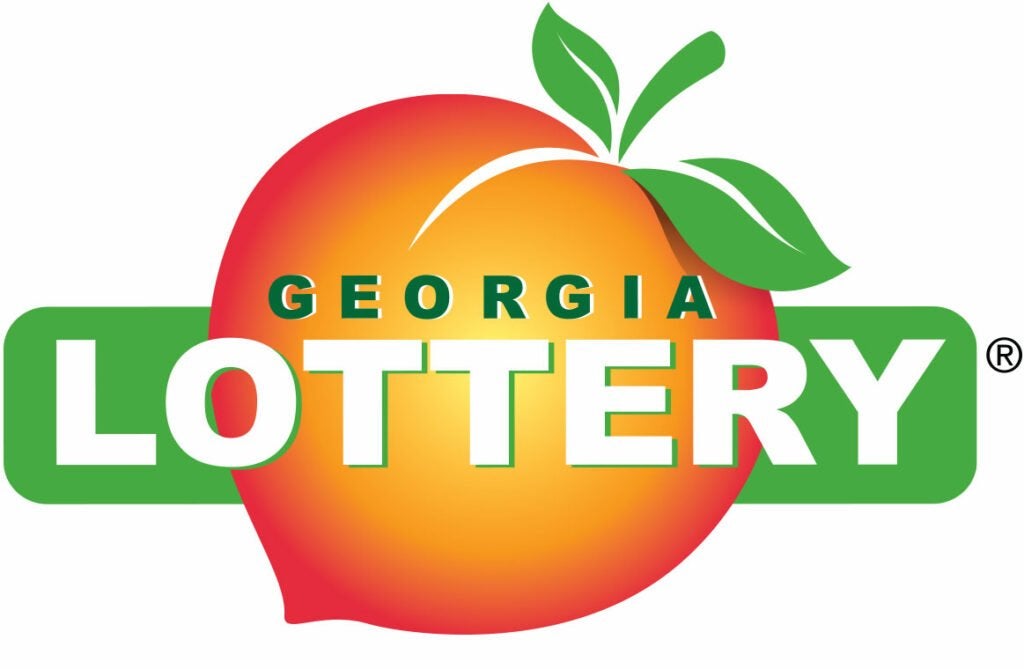Since it’s April 1 and April Fool’s Day, it seems to me that this might be a great time to review a couple of the very common, but misguided garden practices.
Probably one of the most commonly abused practices is applying a general purpose fertilizer to lawns, shrubs, perennials and annuals every spring without getting a soil test. The issue is that you don’t actually know that you need any fertilizer at all and if you do, which of the three major or seven minor essential elements might be deficient. An excess of any of the essential nutrients can actually cause harm because an excess of one nutrient can interfere with the uptake of another.
Finally, applying the same fertilizer to everything in your landscape is counterproductive because different plants can have different nutritional needs. Get that soil tested, learn what your plants need and save yourself a lot of money on wasted fertilizers. The smiling folks at your county Cooperative Extension Service are waiting to help you. Your plants and your wallet will be much happier.
Another common practice that has been the demise of many a fine container plant is overwatering. I think that a lot of folks unintentionally love their plants to death by over watering them. Plant physiology is just as complex as that of animals. This little column is not the place to explore all that, but one of the really important basics to remember is that roots need oxygen. That’s why containers have drain holes and the tags on your newly purchased plants often advise the need for well-drained soil. Additionally, roots constantly exposed to excess moisture will rot, particularly in cooler weather.
The confounding thing is that symptoms of over-watering and under-watering can often look the same. A really wise senior extension agent once told us that the best moisture meter was your index finger. I agree, although I will admit to also using a moisture meter with a 12 inch probe to occasionally confirm my finger’s opinion. While plants vary widely in their need for water; as a general rule, delay watering on most plants until the soil is dry at about 1.5 inches below the surface. Here’s a link to a great review article from our colleagues in Arkansas which discusses the issue of overwatering. https://www.uaex.uada.edu/publications/PDF/FSA-2094.pdf
Another common myth that I hear occasionally is that pine needles will acidify the soil. The truth is that while green needles have an acidic pH, once they turn brown, fall and begin to interact with the soil and microorganisms, the pH rapidly returns to near neutral. Pine needles are great mulch and do not acidify the soil where they are used.
In recent years, there has been a large shift towards using more so called “organic methods” in our landscapes. For the most part this has been a good thing. One common practice that has widespread appeal is that of building the amount of organic matter in the soil. As with every gardening practice the devil is in the details and the addition of organic matter to your soil is no exception. The ideal amount of organic matter in soils is considered to be 5-8%.
As with almost everything in gardening, this is a “Goldy Locks” issue. Too much, as well as too little, can lead to problems. One common result of excess compost is too much phosphorus or occasionally too much salt which can lead to plant stunting and phosphorus run-off into our waters. As I may have mentioned before, getting a soil test before you start modifying a garden site can save you money as well as dead or poorly performing plants.
Now, on perhaps a brighter note, let’s talk briefly about one of my favorite things to grow in my garden, as well as indoors. Lettuce! This is one of the most useful and easy to grow of all the vegetables. These undemanding cool weather plants mature in as little as about 45 days and you can begin to pick baby leaves even sooner.
This article from UGA Extension gives you all the information you need to start enjoying great salads and garnishes. I have a small hydroponics unit in my home, and I routinely pick lettuce leaves for my lunch time sandwiches. You can’t get much fresher than that. Today would be a great day for you to put some of those seeds into your garden or maybe a window box that gets plenty of sun. https://secure.caes.uga.edu/extension/publications/files/pdf/C%201018_4.PDF
Now is also the time to get those tomatoes, cucumbers, squash, peppers, peas and beans into the garden.
Early April is the best time to do a thorough inspection of your shrubs for possible pests. Whiteflies, Tea Scale, Lace Bugs, Bagworms and Crape Myrtle Bark Scale are best controlled when caught early. Be sure to look under the leaves, where some of these like to hide. This link covers most of the pests that we are likely to encounter, along with instructions on identification and treatment. https://secure.caes.uga.edu/extension/publications/files/pdf/B%201074_8.PDF
If you need help, clip off an infested branch or leaf, put it in a zip lock bag and stop by your Extension office and they will be happy to assist. It appears that the Crape Myrtle Bark Scale is currently particularly bad and widespread around the CSRA. Spring is the best time to try to control this and I suspect that we are seeing the beginning of the very serious loss of these popular trees. This article discusses the problem and possible treatments. https://secure.caes.uga.edu/extension/publications/files/pdf/C%201234_1.PDF
Mid-April is the best time to fertilize Bermuda, St. Augustine and Zoysia lawns and to go after broad leaf weeds. If you have an irrigation system, now is a great time to check it and get any repairs done before you actually need it. Prepare those flower beds and put in all those summer flowering bulbs and annual flowers that you’ve been thinking about all winter. The shelves and tables of all our local nurseries are overflowing with colorful plants that are calling your name. A word of warning here, make a list before you go. If you don’t, you are going to come back home with a lot more in your trunk and a lot less in your wallet. A gardener going to a nursery without a list is worse than going to the grocery store when you’re hungry!
In parting, I wanted to update you on my attempts to overwinter some pepper plants. Sadly, at this point it appears that I did not do a good enough job keeping them warm and they show no signs of revival. I’ll let you know next month if any of them make it.










